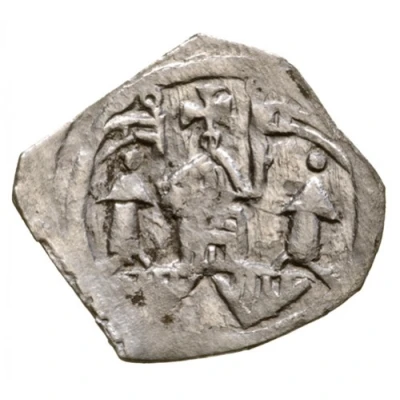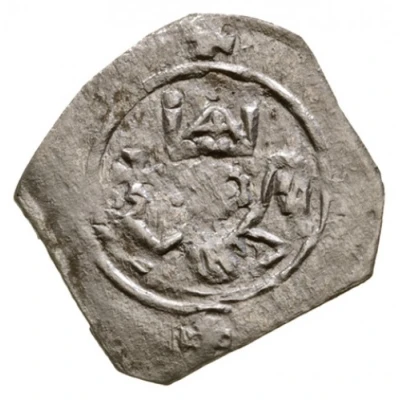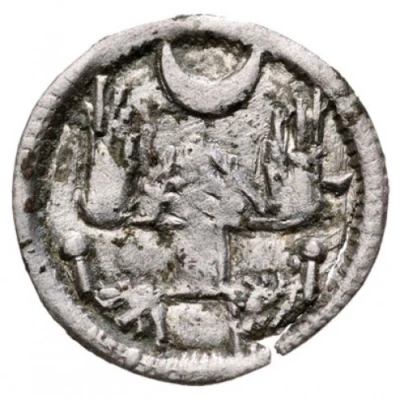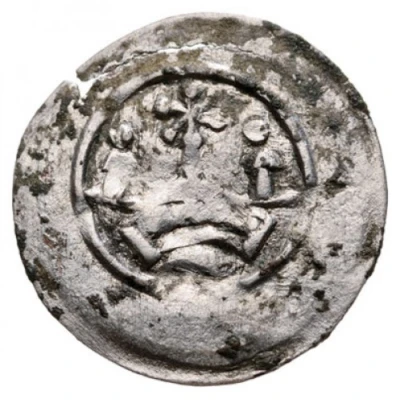


© Numismatics.hu
Obol - Andrew II ND
| Silver | 0.40 g | - |
| Issuer | Hungary |
|---|---|
| King | Andrew II (II. András) (1205-1235) |
| Type | Standard circulation coin |
| Years | 1205-1235 |
| Value | Obol (Obulus) (½) |
| Currency | Denier (997-1310) |
| Composition | Silver |
| Weight | 0.40 g |
| Size | 10.10 mm |
| Shape | Square (irregular) |
| Technique | Hammered |
| Demonetized | Yes |
| Updated | 2024-10-05 |
| Numista | N#72355 |
|---|---|
| Rarity index | 97% |
Reverse
Angel with a cross in right hand, church facade above with a cross in a circle, four crosses around outside
Edge
Plain
Comment
Friesach type?Interesting fact
The Obol coin from Hungary, minted during the reign of Andrew II (1205-1235), is interesting because it was made of silver, a valuable and durable metal, yet it weighed only 0.40 grams, making it one of the smallest silver coins in circulation at the time. This suggests that the coin was designed to be used for small transactions or as a token of exchange, highlighting the importance of efficient and standardized currency in medieval Europe.

